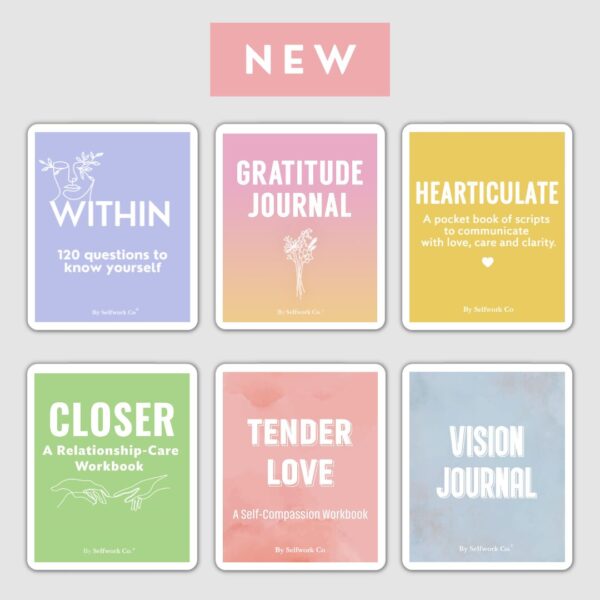
Nonviolent communication is a way of communicating that helps people express their needs and build on relationships through empathy. It is a 4-step process that prioritises respect and avoids judgement, reaction blame or criticism.
- Observation
Stating what you see, feel, hear or remember that brings up feelings that may or may not contribute to your well-being. Saying only the facts, without any judgements or analysis of good or bad.
“When I see/ hear/ experience…”
2. Feeling
Expressing what you feel, in terms of physical sensations (tight, tense, hot, drained) or emotions (fear, anger, disgust, frustration). Not to be confused with thoughts (false feelings)
“I feel…”
3. Need
Identifying and stating what you need or value, that causes or contributes to the feeling. When we don’t clearly understand our values or needs, others may not either.
“Because I need/ value… in a specific situation/ relationship…”
4. Request
Clearly requesting the concrete actions that would help the situation or fulfil the need. Doing this without demanding and remembering that the person you are asking gets to say “NO”.
“Would you be willing to…?”
Example:
“I feel upset when your phone is constantly buzzing while I am talking. I need your proper attention when we communicate – would you be willing to put your phone away while we catch up about our day?”
Source: Nonviolent Communication: A Language of Compassion Book by Marshall Rosenberg, PhD









